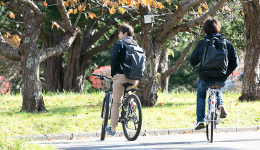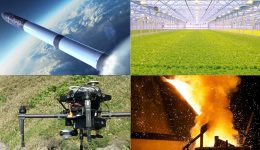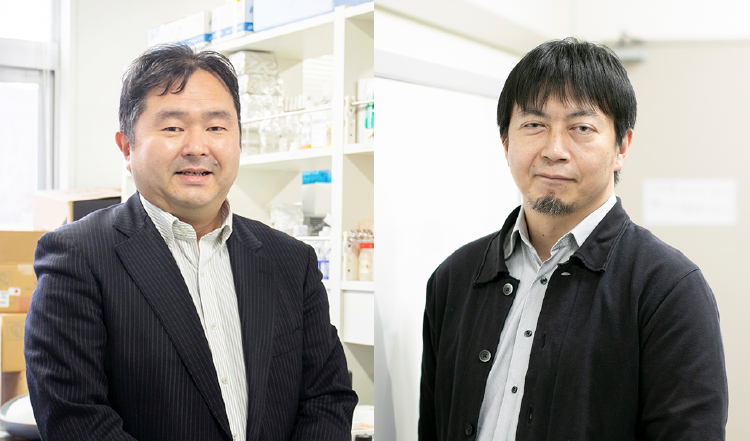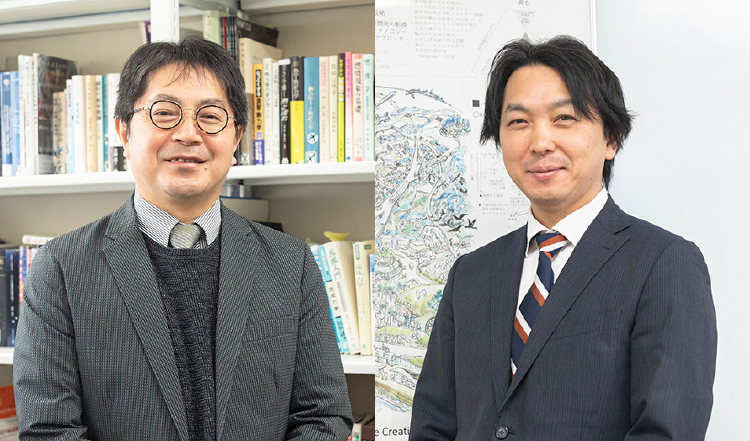Introduce Our Research
Disaster and AI
× Muroran Institute of Technology
In Japan, an earthquake-prone country, disaster control is a particularly important issue. Muroran Institute of Technology is engaged in various studies in the disaster control field, such as establishing earthquake-resistant technology for buildings, helping disaster-stricken areas using AI, surveying the ground, which is important as ground quality is a factor in the impact of earthquakes, and establishing reconstruction models. We interviewed four professors who are conducting research on disasters.
MEMBER
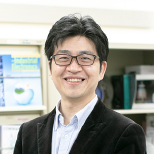
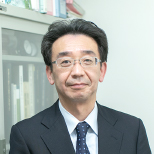

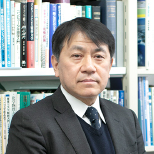
Professor Dong:With the theme of deploying artificial intelligence technology and IOE (Internet of everything) in society, I mainly research technologies that provide communication infrastructure networks instantly and at low cost in the event of a disaster. In the 2018 Hokkaido Eastern Iburi Earthquake, a blackout at a power plant caused the radio base station to go down and the Internet service to stop. In preparation for such a situation, we have developed a system referred to as “Tenchijin,” which provides communication infrastructure to affected areas. This technology makes it possible to supply Internet services to an area within a 10- to 30-km radius by loading communication equipment on a drone and flying it to the affected area. Using this, an information line connecting the inside and outside of the affected area can be secured, which makes it possible to confirm the safety of affected people. We have already conducted a performance evaluation through a demonstration experiment and are proceeding with research toward practical application in collaboration with local governments.
Associate Professor Takase:The kanji for disaster control is written as “防災 (disaster prevention).” However, the power of nature is great, and it is not possible for humans to prevent disasters. So, it is important to know how to minimize the damage in the event of a disaster. This is referred to as “disaster mitigation.” I am studying the seismic performance of concrete structures. In recent years, there have been cases in which even if the structure of a building is not damaged by a disaster, so-called non-structural parts, such as partitions and other walls that do not bear the load as well as ceilings, are severely damaged, causing a problem for continuous use and resulting in the demolition of the building. For those who use the building, the outcome is essentially the same as if the building were destroyed. There is a need for a system to detail such damage categories, and to measure the degree of damage according to the magnitude of the earthquake at the design stage. It is also necessary to establish the system through the easy-to-understand dissemination process in such a way that users can easily understand the measurement results. In the future, I would like to establish a technology to effectively repair and reinforce buildings that have deteriorated due to frost damage as well as earthquake damage, enabling the sustainable use of buildings.

Professor Kawamura:I think the said difference in the way of thinking between disaster mitigation and disaster prevention is very important. I specialize in ground engineering. For example, it has become clear that the pyroclastic fall deposits were one of the factors for the collapse of the slopes around Atsuma Town in the 2018 Hokkaido Eastern Iburi Earthquake. Hokkaido has a lot of ground covered with volcanic cohesive soil, and it is necessary to conduct engineering research on it for disaster mitigation in the future. As research progresses, information, including hazard maps, can be made clearer to suppress damage, and more positive measures can be taken against disasters. While engineering has contributed to measures against earthquakes, storms and floods to some degree, it has not always been helpful. From now on, it will be necessary to take such an approach as how to increase resistance to future disasters.
Associate Professor Yoshida:I specialize in waste engineering, including the process from waste collection to disposal. From the perspective of disaster control, I am engaged in disaster waste. Most people don’t know much about disaster waste. However, in the event of a large-scale earthquake such as the 2011 Great East Japan Earthquake, about 10 years of waste is generated in one day. It takes a considerable number of years to dispose of it. If waste cannot be disposed of, reconstruction efforts, including the rebuilding of infrastructure, will be delayed, and secondary damage will also occur, such as fires from the temporary garbage storage site and scattering of house dust. The question is how unaffected areas should prepare. I think it is necessary to create a system in which disaster waste can be well disposed of from the perspective of supporting disaster victims rather than disaster control and mitigation.

Professor Dong:In my laboratory, apart from the disaster control field, we are promoting cooperation between the information field and the medical field. With the advent of 5G, it will be possible to transmit a larger amount of information at high speed in the world. For example, in telemedicine using 5G, doctors can examine patients with suspected cancer by having artificial intelligence analyze various medical data. This will eliminate the labor shortage in the medical field. Medical support using AI × 5G will also be helpful in a disaster zone that doctors cannot immediately access.
Associate Professor Takase:Recently, AI has also been utilized in the field of architecture. Seismic performance after the revision of the Building Standards Act in 1981 is better than that before the revision. I am considering using AI to determine whether the building was built before or after the revision and to access information related to seismic performance, such as how many openings there are in the building. Eventually, I hope that AI will help to estimate earthquake damage in each area and to create hazard maps from satellite photographs or aerial photographs taken with drones when an earthquake occurs.
Professor Kawamura:In the field of civil engineering, how to deal with enormous disasters is an important issue. Considering that, it is necessary to first strengthen infrastructure, so-called structural measures, then take non-structural measures such as preparing evacuation procedures, and intensify enlightenment activities such as disaster prevention education. I think it is important to take an approach in cooperation with the national and local governments while having discussions in a well-balanced manner.
Associate Professor Yoshida:If a wide-area disaster occurs, there will always be confusion in the affected area in the first week after the disaster. For example, if information on road flood damage or traffic congestion cannot be obtained, evacuation and rescue will be delayed. After all, information infrastructure is important. In that sense, I hope that Professor Dong’s drone and AI technologies will be used to assess the disaster level and prioritize relief efforts accordingly.

